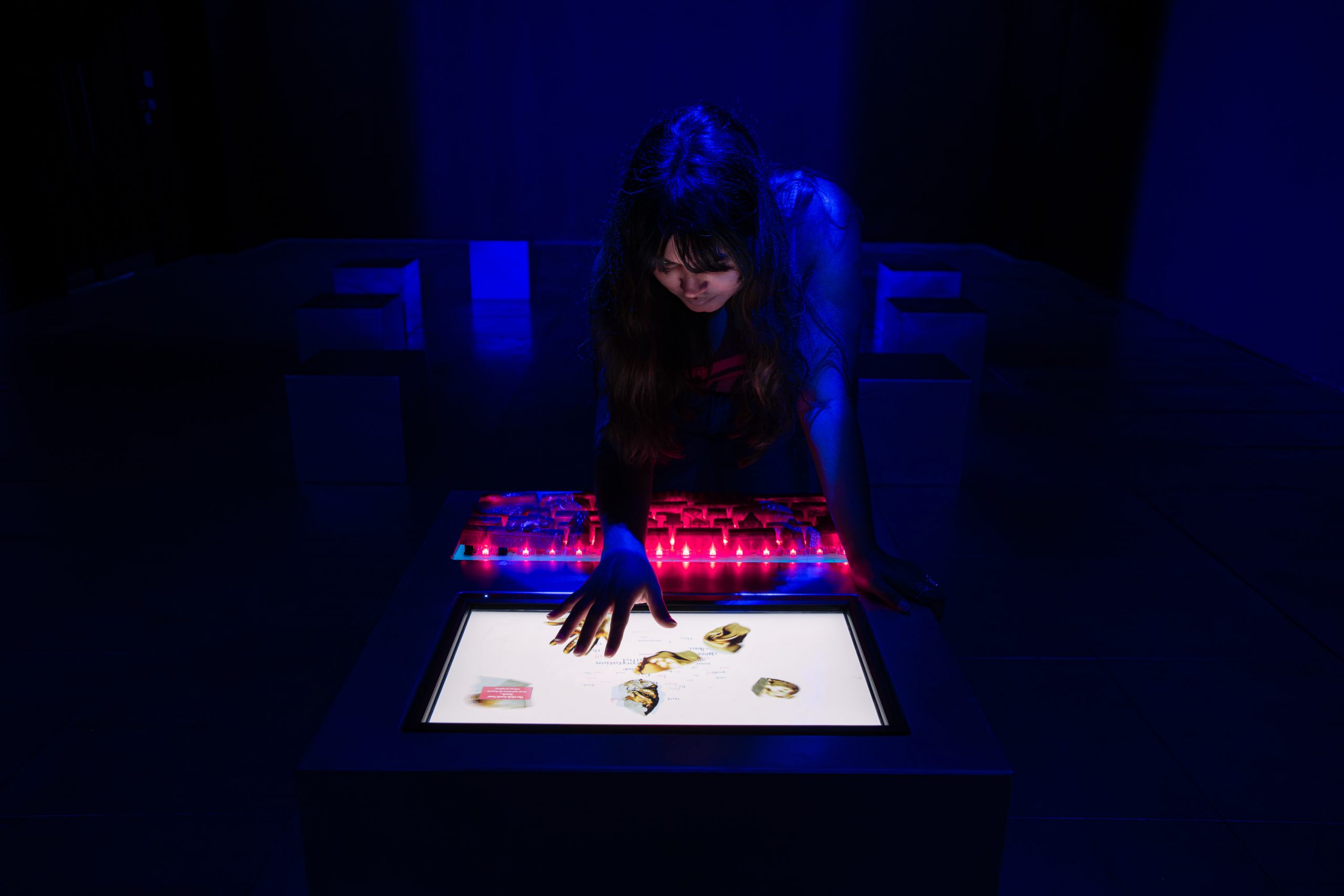Login Status
-
Free text
UPCOMING EVENTS:
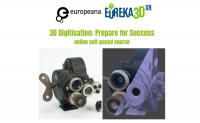 Created in the context of the EUreka3D-XR project and designed to help anyone on their 3D digitisation journey
Created in the context of the EUreka3D-XR project and designed to help anyone on their 3D digitisation journeyThe common European data space for cultural heritage is developing training resources on various themes, to support cultural institutions in building capacity for the new challenges they are facing in innovating and modernizing their workflows in the digital realm. EUreka3D … Continue reading →
 IN SITU Final Conference, Valmiera, Latvia, from 11-13 May 2026
IN SITU Final Conference, Valmiera, Latvia, from 11-13 May 2026The IN SITU project celebrates its Final Conference in Valmiera (Latvia) from 11 to 13 May 2026. Extended deadline: The deadline for the Call for Papers for the Special Issue Proposal in the International Journal of Cultural Policy has been … Continue reading →
Topic: interactivity
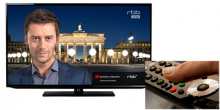
In February 2015, a lab test was designed to investigate the usability of the Berlin Wall application, which is representative of an interactive TV application using valuable cultural heritage content. The test was conducted with the on-air application. Test participants were … Continue reading
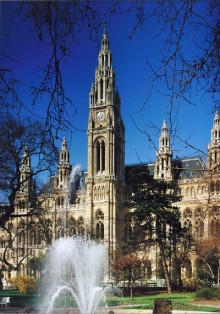
The XX Conference on Cultural Heritage and New Technologies, organised by the Department of Urban Archaeology of Vienna’s Museum, is being held in the Vienna City Hall on 2-4 November 2015. The conference’s call for paper/poster/video expires on 15 June 2015 (deadline extended). This year, the event is dedicated to the theme “Urban Archaeology and Public Relations. New Technologies Enabling Archaeological Outreach” Continue reading
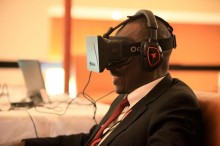
Aim of the game, taking place on May 17 – 20 in Addis Ababa, Ethiopia, is in the title: over four intensive days of competitive creation, participants of “Gamify it! Hackathon!” will set out to prove whether it’s possible to achieve a measurable impact towards sustainable development through fun and engagement. Jointly organised by GIZ, iceaddis and eLearning Africa, the hackathon will finish up at the eLearning Africa conference on May 20, where teams will present their newly-developed gamified tools. Continue reading
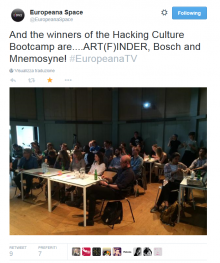
This weekend the first E-Space hackathon took place in Amsterdam, from the evening of the 8th until the 10th of May. The event, organised by the Europeana TV pilot of E-Space project, was challenging game and app developers, storytellers and interactive designers to create new multi-screen experiences with a focus on digitised historical footage. Winners will now fly to London for an intensive Business Modelling Workshop! Continue reading
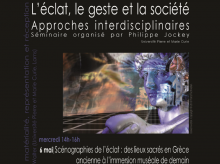
Did ancient statues living in the traditional museums lose their radiance and divine feature? New technologies, combining 3D imagery and multisensory visitor experience, enable to recreate within an innovative space the ancient splendour of the Greek plastic. Sophie Montel recognises … Continue reading
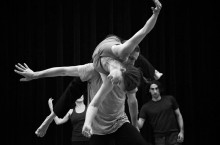
“Memory ^ sentiment ^ body ^ space ^object – Dialogues across and between dance and art” is an interdisciplinary symposium that emerged from Body Space Object Roundtables at the School of Art and Design at Coventry University. It aims to consider how performative and material practices have articulated the embodied nature of memory and sentiment in relation to objects and space. Contributions are invited, registration is open! Continue reading

DCDC15 (DCDC as Discovering Collections Discovering Communities), being held at Greater Manchester on 12-13 October 2015, will look at the varied and innovative ways in which archives, museums, libraries and academia can engage with audiences in the digital age, for a more appealing user experience, the enrichment of heritage collections and new collaboration and business opportunities. Continue reading
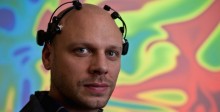
Could neurophysiological and BCI (Brain Computer Interface) tools already control our mind? And could we vice versa already build an individual virtual reality using BCI systems, able to fulfill all users’ desires? And what exactly users actually desire from them? These will be the frame questions of the Friday 24 symposium with dr Aleksander Väljamäe (NGM lab), Pavel Smetana (CIANT) and artist Ivor Diosi. Continue reading
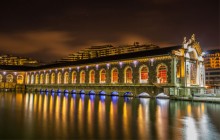
‘What’s next?’ for the museum sector? The Europe’s major conference on the future of Museums call for papers is out. The 2015 edition of MuseumNext will take place in the Swiss city of Geneva between April 19–21. Updates and latest news about the event at Facebook, Twitter and Linkedin. Continue reading
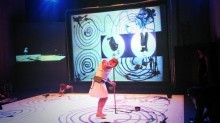
The impact of the distributed performance, as new forms of Cultural Heritage expression, is studied in the framework of the RICHES project. “ULTRAORBISM” opens new doors for experimental and creative formats using advanced visual environments in the field of telematics and distributed events. The potential utilities of the results are very rich from a technical point of view and also from an artistic perspective, and the excellent results of this experience present a very optimistic future in the development of co-creation environments in Europe and the use of ICT in the fields of culture and the arts. Continue reading


